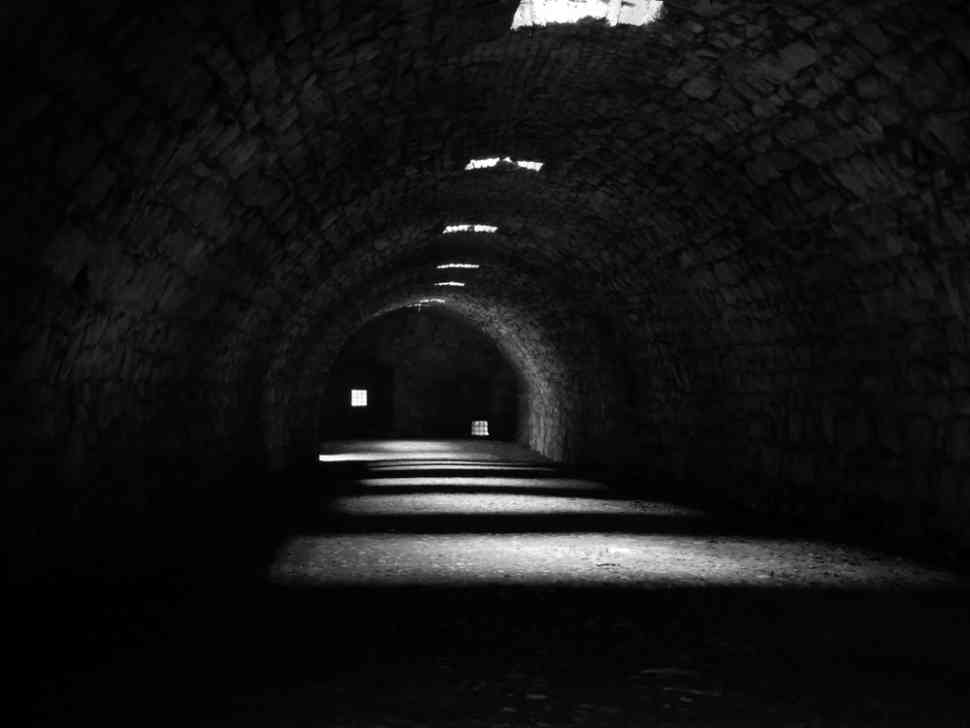The Fascinating Museum of Sewers In Paris

The Museum of Sewers is one of the most strange museums in Paris. The city’s huge sewage system and the various information about its history are visible through it. Besides, great writers, such as Victor Hugo and Umberto Echo, have written about the sewers of Paris. The city of light, Paris, is charming even on its dark side. In any case, it is vital to attempt to visit the Museum to discover this.
Five meters below the earth, one can visit the Museum of Sewers, which presents a part of the huge drainage system in Paris and has an area of 2,100 kilometers! The Museum has various exhibits such as drainage equipment from the past and the present, equipment and clothing for sanitation of the workers, huge wooden balls used to clean tunnels under the Seine River, as well as exhibits on the history and design of the network.
Of course, a stuffed rat could not be left out of the exhibition since it is said that for each Parisian, there are three rats who eat and digest without any problem, even the strongest poison. In fact, every day, they help to consume 100 tons of sewage in the sewers. These details can be called creepy, but for the French, they have been particularly important and helpful over the years. Paris was a magnificent city and a center of culture for many centuries. At the same time, it was crowded and, therefore, very dirty and unhealthy. There were ditches that often flooded and became a source of infections.
Details of the Sewer Museum
The Sewers Museum is very close to the Eiffel Tower (about 800 meters away). It offers a very cheap tour of the fascinating dark world of Paris. Apart from the Museum, one can admire the street art of a leading artist, Codex Urbanus, known throughout Paris for his art and the chimeras he has painted on every corner of the city. These paintings will help you get the vibe anyway.
Until recently, the sewers of Paris also transported tourists: initially by carts from the corridors along the tunnel walls, later by carts pulled by a small locomotive, and – until the 1970s – by boats. Indeed, in 1966, municipal workers used chains to transport the wooden boat through a sewer tunnel from Madeleine to the famous Place de la Concorde. Therefore, you realize that the Museum has a lot of exciting attractions to show to the tourists.
So what was the problem with sewage? By about 1348, the town’s small population was getting rid of its sewage in the Seine. But many times, when the river overflowed, sewage reached the streets. The reason for starting to construct was an epidemic of plague. They were made, therefore, for certain sanitary reasons.
It is interesting to learn when they decided to build the first sewer. In 1370, the first sewer was built under Montmartre. In 1600, King Louis the 14th expanded the network even further, while Napoleon gave the order to build sewers that would reach 30 kilometers. But, in 1832, a cholera epidemic showed that these sewers were not enough for the increasing population of the capital of France.
In 1850 Eugène Belgrand was commissioned to design a complete network of sewers. So, in 1878, 600 kilometers of sewers were ready, and Parisians had to send all their waste there. They described it as a manufacturing miracle. Since 1867 it has been a tourist destination, while at the beginning of the 20th century, a small train was installed. In 1920, the train was replaced with a small boat, which provided rides in the Paris underground until 1975. Today, only a very small part of the sewers are open to the public, having been converted into a museum.
It is exciting to understand how tourists care about strange things nowadays. The days when museums were all about art and culture belong to the past. Tourists are eager to learn about all the details of people’s lives, and museums like this give them this opportunity.
Have you read?
Greatness: What Is It? What Does it Take to Achieve It by Leo Bottary.
Corporate tourism in NYC by a charter bus.
The highest-paid tech CEOs in the United States.
How to Use PR to Grow Your Business by Adrienne Wojtaszek.
The Three Most Important Qualities for Effective CEOs and All Leaders by Rabbi Daniel Cohen.
Bring the best of the CEOWORLD magazine's global journalism to audiences in the United States and around the world. - Add CEOWORLD magazine to your Google News feed.
Follow CEOWORLD magazine headlines on: Google News, LinkedIn, Twitter, and Facebook.
Copyright 2025 The CEOWORLD magazine. All rights reserved. This material (and any extract from it) must not be copied, redistributed or placed on any website, without CEOWORLD magazine' prior written consent. For media queries, please contact: info@ceoworld.biz








